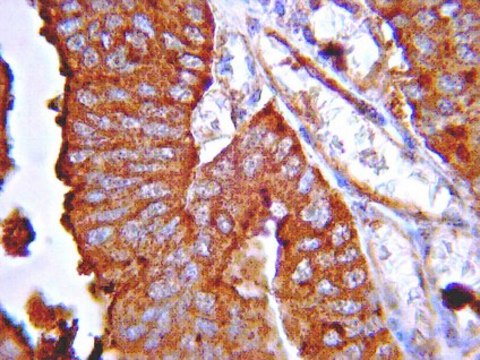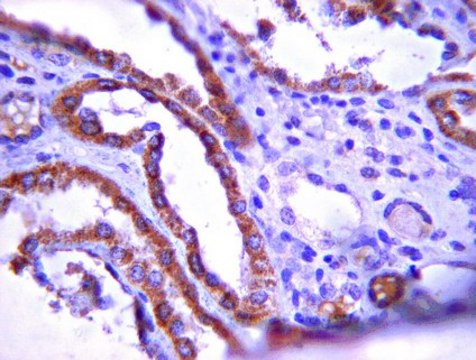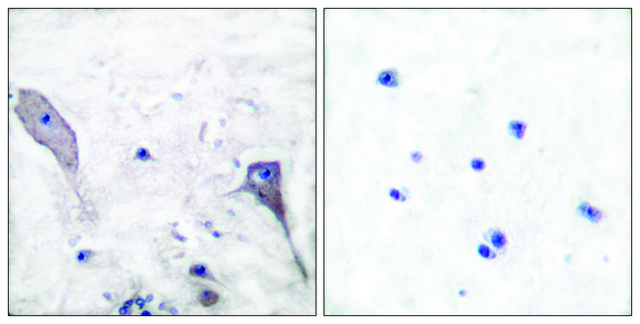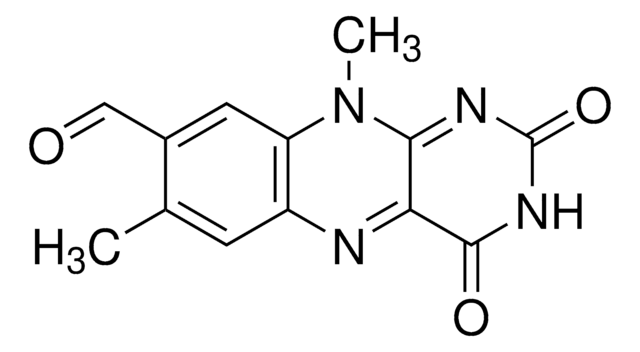S9822
Anti-Sonic Hedgehog peptide (C-terminal) antibody produced in goat
affinity isolated antibody, lyophilized powder
Synonym(s):
Anti-Dsh, Anti-Hhg1, Anti-Hx, Anti-Shh
About This Item
Recommended Products
biological source
goat
Quality Level
conjugate
unconjugated
antibody form
affinity isolated antibody
antibody product type
primary antibodies
clone
polyclonal
form
lyophilized powder
species reactivity
mouse
technique(s)
immunohistochemistry: 15 μg/mL
western blot: 0.1-0.2 μg/mL
UniProt accession no.
storage temp.
−20°C
target post-translational modification
unmodified
Gene Information
mouse ... Shh(20423)
General description
Anti-Sonic Hedgehog Peptide (C-terminal) recognizes mouse Sonic Hedgehog C-terminal peptide. This antibody shows less than 5% cross-reactivity with rmDhh C-terminal peptide and less than 1% cross-reactivity with a 6X histidine-tagged rmShh N-terminal peptide (amino acids 25-198).
Immunogen
Application
Physical form
Not finding the right product?
Try our Product Selector Tool.
related product
Storage Class
13 - Non Combustible Solids
wgk_germany
WGK 1
flash_point_f
Not applicable
flash_point_c
Not applicable
ppe
Eyeshields, Gloves, type N95 (US)
Choose from one of the most recent versions:
Certificates of Analysis (COA)
Don't see the Right Version?
If you require a particular version, you can look up a specific certificate by the Lot or Batch number.
Already Own This Product?
Find documentation for the products that you have recently purchased in the Document Library.
Our team of scientists has experience in all areas of research including Life Science, Material Science, Chemical Synthesis, Chromatography, Analytical and many others.
Contact Technical Service








